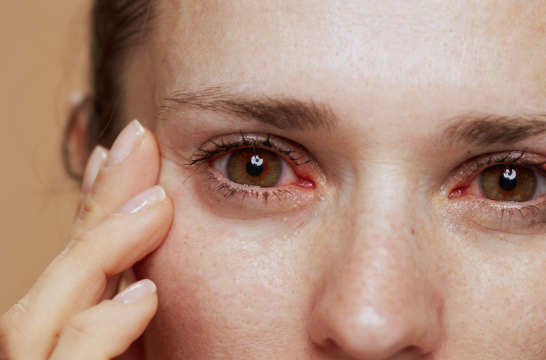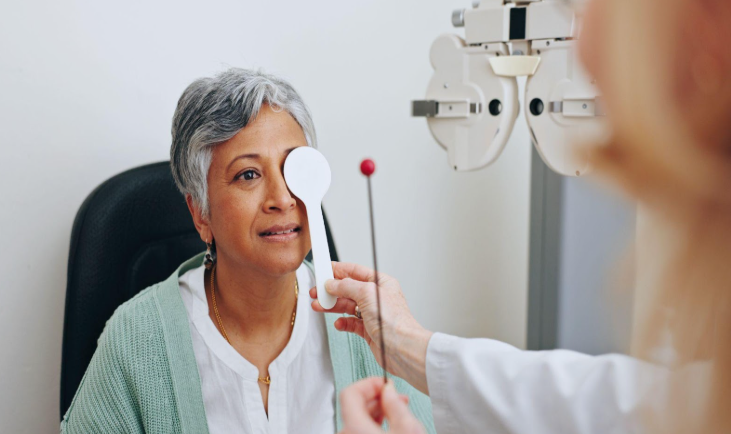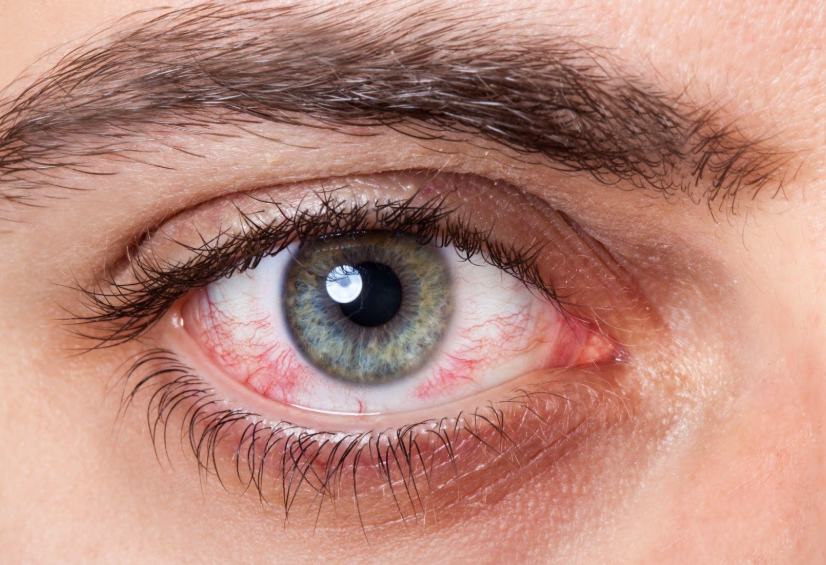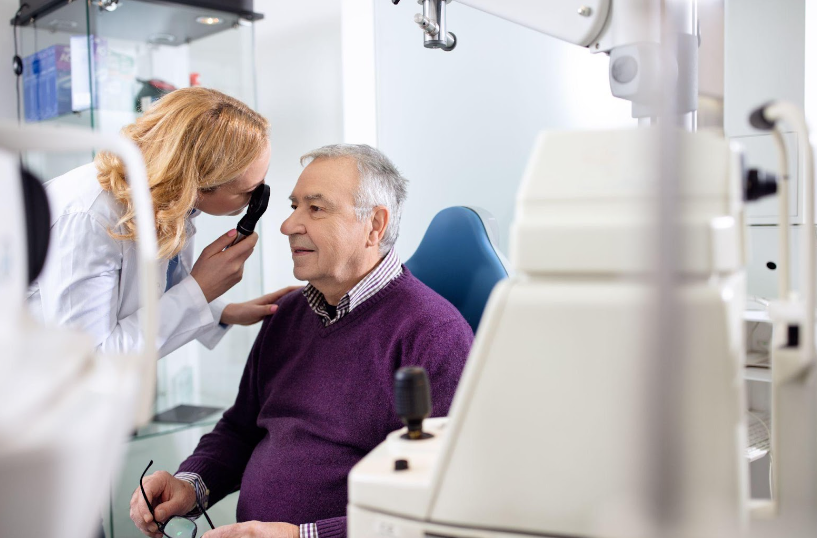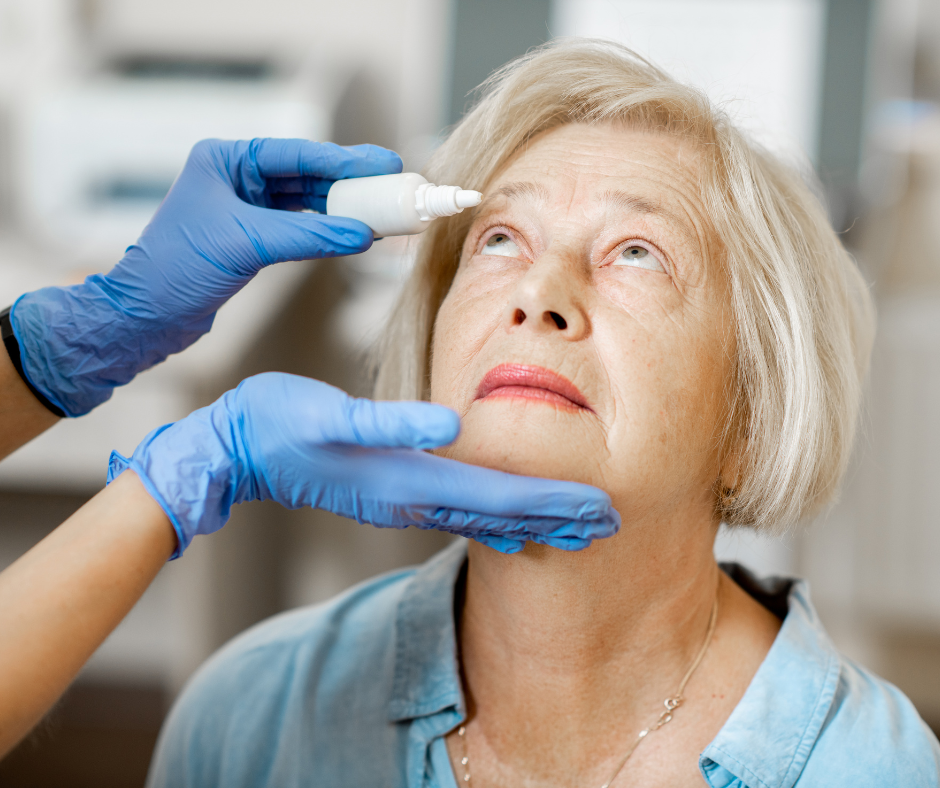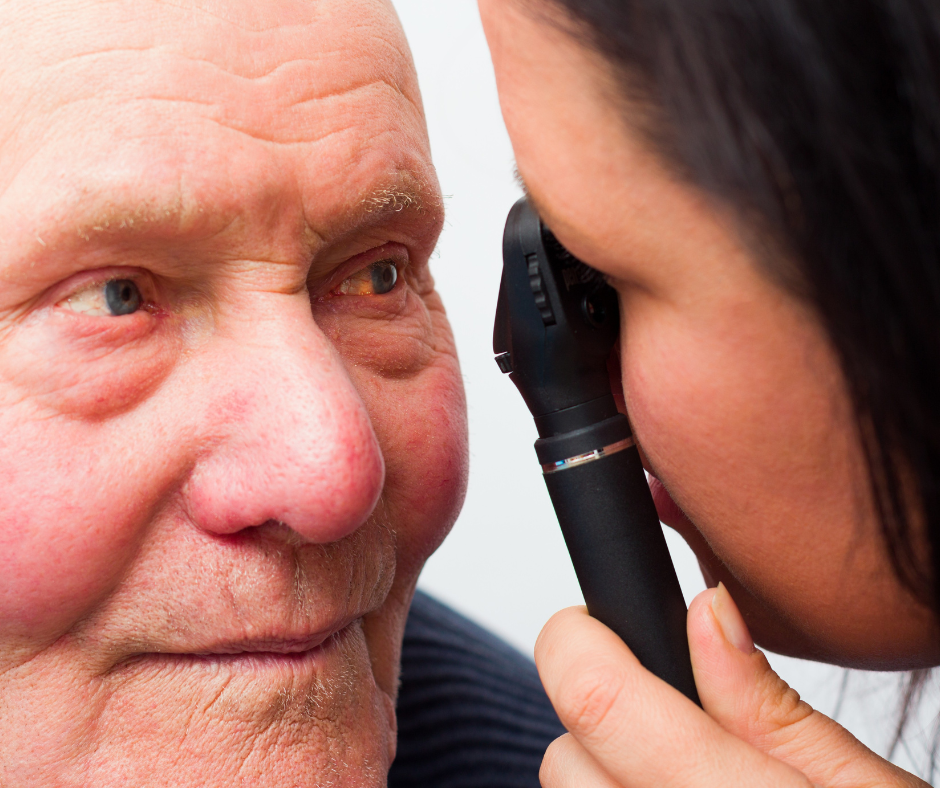Corneal transplantation is a surgical procedure used to help prevent or restore vision loss from damage to the cornea. The cornea is the clear, transparent front part of the eye that allows light to enter and focus. Your eye’s cornea must be clear, smooth, and healthy to produce sharp vision. If your cornea is scarred, swollen, or damaged then the light will not be focused properly, and you may experience blurry vision or glare.
What is Corneal Transplant Surgery?
If the damage in your cornea cannot be repaired or healed, your eye doctor may recommend a corneal transplant. This is when the diseased cornea is replaced with a clear, healthy cornea from a human donor. The donor’s corneal tissue will then be implanted into the patient’s eye, where it will function and grow normally.
Corneal Transplant Surgery Options:
- Full thickness corneal transplant– called penetrating keratoplasty (PK), or full thickness corneal transplant. Your diseased or damaged cornea is removed. Then the clear donor cornea is sewn into place. The recovery process of PK is significantly longer than other types of corneal transplants. It may take up to one year for a patient to regain complete vision.
- Partial thickness corneal transplant-called deep anterior lamellar keratoplasty (DALK) or partial thickness corneal transplant. DALK is commonly used to treat keratoconus or bulging of the cornea. The diseased, infected, or scarred part of the cornea is removed and replaced with healthy corneal tissue from a donor. Healing time after DALK is a less invasive and shorter alternative to full corneal transplants. There’s also less of a risk of complications occurring as the new cornea won’t be rejected.
- Endothelial keratoplasty (EK) is a cornea transplant technique that is the preferred way to restore vision when the inner cell layer of the cornea stops working properly from Fuchs’ dystrophy, bullous keratopathy, iridocorneal endothelial (ICE) syndrome, or other endothelial disorders. EK selectively replaces only the diseased layer of the cornea, leaving healthy areas intact. There are two types, including:
- Descemet’s Stripping Endothelial Keratoplasty
- Descemet’s Membrane Endothelial Keratoplasty
What to Expect Before & After Corneal Transplant Surgery
Once you and your ophthalmologist decide on the corneal transplant surgery, a date will be scheduled for the operation. However, this can change if there is not a suitable donor cornea available at the time of your date. A corneal transplant is done as an outpatient procedure. Your eye surgeon will use either local or general anesthesia, so you do not feel pain. He or she will then put a device on your eye to keep it open. Even though your eye is open, you will see very little or nothing at all because of the anesthesia. You will not be able to drive after the transplant surgery. You should make arrangements for someone to drive you home.
Your ophthalmologist will ask you to return the next day for an eye exam following corneal transplant surgery. For the first few days after surgery, expect your eye to be red, irritated, and sensitive to light. Typically, pain can be controlled with over-the-counter pain relievers that your surgeon can recommend. Stitches may need to be removed depending on the type of stitches and surgical technique used. If stitches do need to be removed, they may not be removed for several months.
Your surgeon will recommend that you wear glasses or other protective eyewear for a period to help protect your eyes. Do not rub or press on your eyes while recovering as it can damage and interfere with healing.
If you think corneal transplant surgery may be right for you, contact our office or call 516-785-3900 (Wantagh office) or 516-541-4141 (Massapequa office) to schedule an appointment.
Sources:
About Corneal Transplant,
Bullous Keratopathy,
Cornea Transplant
